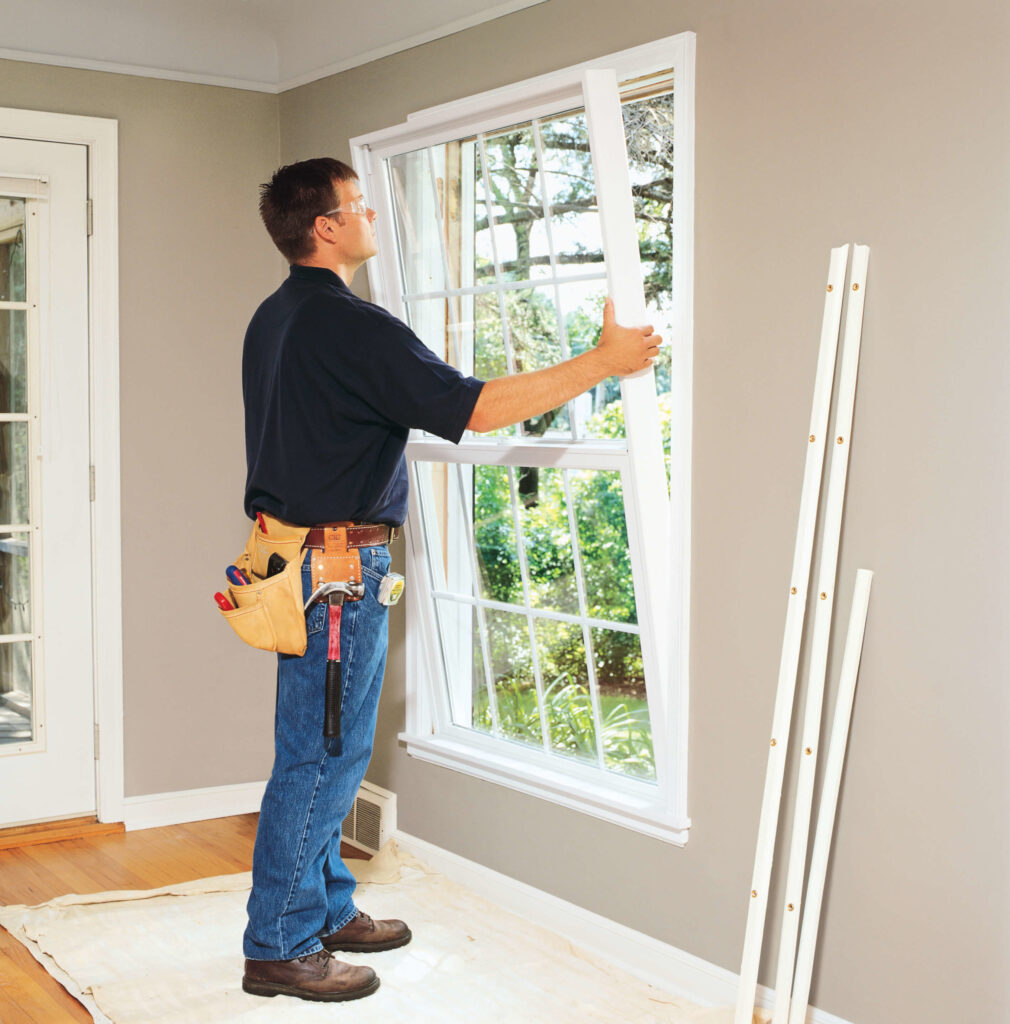Windows Replacement North TX are an investment in your home’s comfort, energy efficiency, and aesthetic appeal. To maintain their longevity and performance, it’s essential to follow proper maintenance practices.

In this guide, we’ll explore the special maintenance requirements for replacement windows, including cleaning, lubrication, inspection, and repair. By understanding these requirements and implementing regular maintenance routines, you can preserve the beauty and functionality of your replacement windows for years to come.
Importance of Maintenance for Replacement Windows
Regular maintenance is crucial for ensuring that replacement windows remain in optimal condition and continue to provide reliable performance. Proper maintenance helps prevent issues such as air leaks, moisture infiltration, hardware malfunctions, and glass damage, prolonging the lifespan of your windows and preserving their energy efficiency. By investing time and effort into maintenance, homeowners can protect their window investment and avoid costly repairs or replacements down the line.
Cleaning and Care
Regular cleaning is essential for keeping replacement windows looking their best and maintaining clear visibility. Follow these steps for proper window cleaning:
- Gather Supplies: You’ll need a bucket of warm, soapy water, a soft sponge or cloth, a squeegee, and a clean, lint-free towel.
- Remove Dirt and Debris: Start by removing dirt, dust, and debris from the window surfaces using a soft brush or vacuum cleaner attachment.
- Wash with Soapy Water: Dip the sponge or cloth into the soapy water and gently wash the window glass, frames, and sills, paying attention to any areas with stubborn stains or buildup.
- Rinse Thoroughly: Use the squeegee to remove excess water and soap from the window surface, working from top to bottom in overlapping strokes. Wipe the squeegee blade clean with a towel between passes.
- Dry and Polish: Finish by drying the window with a clean, lint-free towel to prevent streaks or water spots. Polish the glass and frames with a glass cleaner or vinegar solution for added shine.
Lubrication and Hardware Maintenance
Regular lubrication is essential for keeping window hardware operating smoothly and preventing rust or corrosion. Follow these steps to lubricate window hardware:
- Inspect Hardware: Check window locks, hinges, handles, and other hardware components for signs of wear, damage, or corrosion.
- Clean and Remove Debris: Use a soft brush or cloth to remove dirt, dust, and debris from the hardware surfaces, paying attention to any areas with buildup.
- Apply Lubricant: Apply a small amount of silicone-based lubricant or light machine oil to the moving parts of the window hardware, such as hinges, tracks, and locking mechanisms.
- Operate Windows: Open and close the windows several times to distribute the lubricant evenly and ensure smooth operation. Wipe away any excess lubricant with a clean cloth.
Inspection and Repair
Regular inspection is essential for identifying and addressing any issues or damage to replacement windows promptly. Follow these steps to inspect and repair windows:
- Check Seals and Weatherstripping: Inspect the seals and weatherstripping around the window frames for signs of wear, damage, or deterioration. Replace any damaged or worn weatherstripping to maintain a tight seal and prevent air leakage.
- Test Operation: Open and close the windows to ensure that they operate smoothly and securely. Check for any sticking, binding, or resistance that may indicate alignment issues or hardware problems.
- Inspect Glass and Frames: Check the window glass for cracks, chips, or scratches, as well as the frames for signs of damage or deterioration. Repair or replace any damaged components to maintain structural integrity and energy efficiency.
- Address Air Leaks: Use a candle or incense stick to detect air leaks around the window frames and sashes. Seal any gaps or cracks with caulk or weatherstripping to prevent drafts and improve energy efficiency.
Seasonal Maintenance Tips
Adjust your maintenance routine seasonally to address specific challenges and conditions:
- Spring: Clean windows inside and out, inspect for winter damage, and lubricate hardware.
- Summer: Check for air leaks and ensure proper ventilation, especially in humid climates.
- Fall: Clear debris from gutters and window wells, and prepare windows for winter weather.
- Winter: Insulate windows with plastic film or weatherstripping, and remove snow and ice promptly to prevent damage.
Conclusion:
Proper maintenance is essential for preserving the longevity and performance of Windows Replacement North TX. By following cleaning, lubrication, inspection, and repair routines, homeowners can ensure that their windows remain in optimal condition and continue to provide reliable comfort and energy efficiency. Investing time and effort into maintenance pays off in the long run, saving money on repairs and replacements while protecting your home and enhancing its value.
North Texas Home Exteriors
1-817-201-6800

